How Should Your Right Elbow Work In The Golf Swing?
Understanding how the right elbow works in the golf swing will help you to produce sweeter, more consistent ball-striking. PGA Pro Ben Emerson explains why...
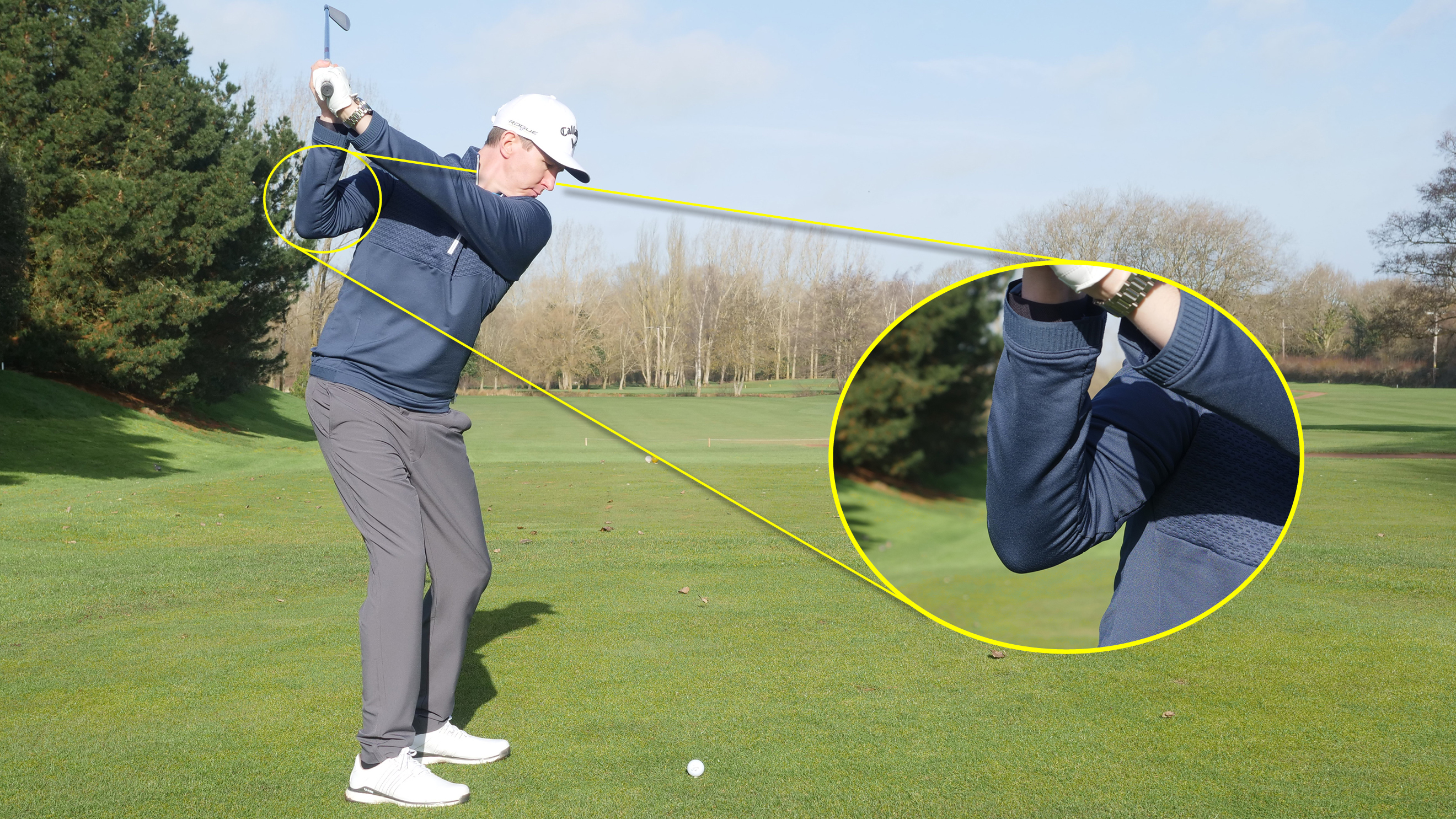
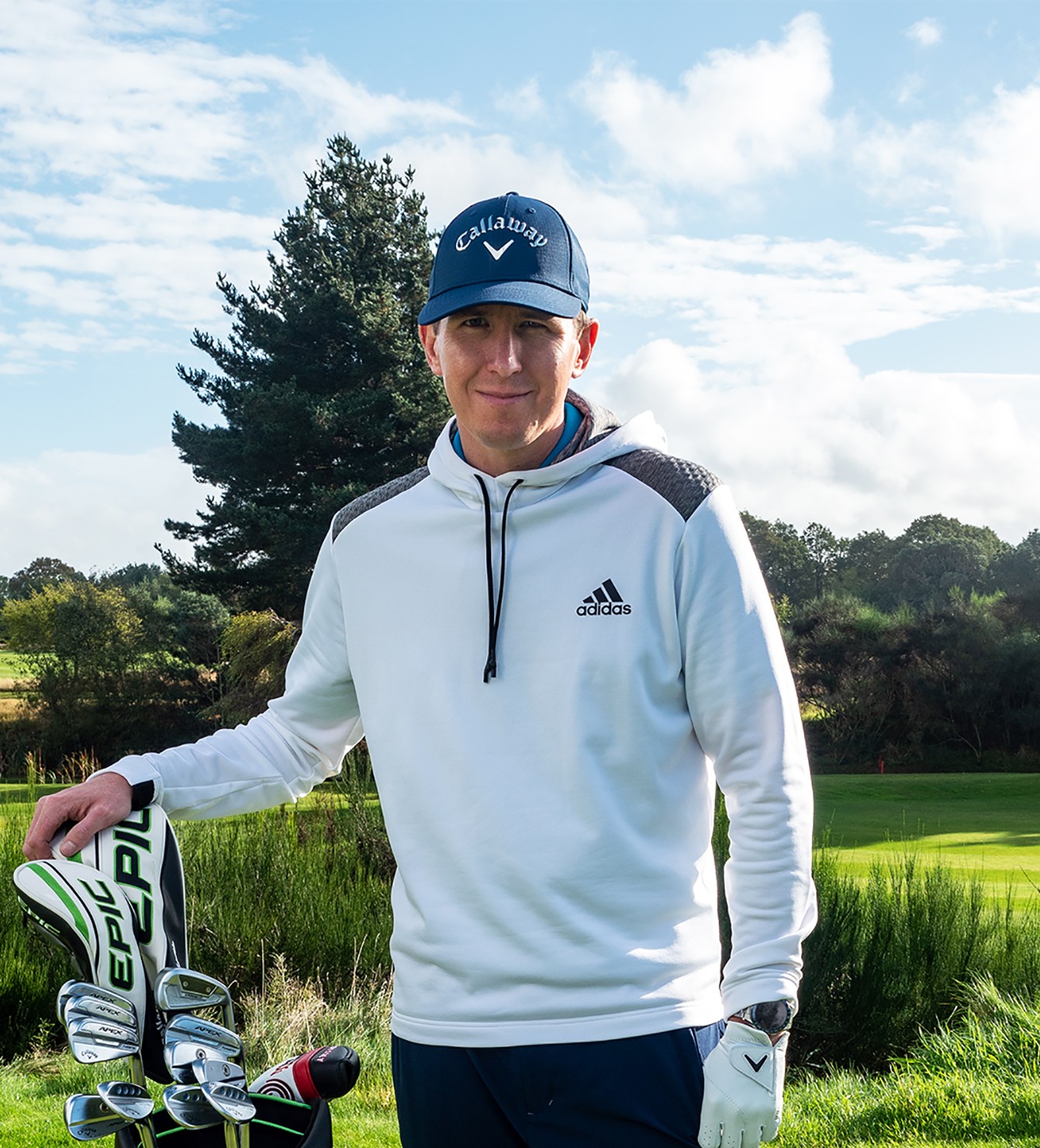
You might not have considered the importance of the way the right elbow works in the golf swing, but this crucial question could lead to more consistency with your ball-striking.
The right elbow plays a pivotal role, especially when it comes to your position at the top of the backswing, so spending some time focusing on this fundamental aspect can certainly yield positive results.
In this video and article, Golf Monthly Top 50 Coach Ben Emerson discusses the different ways that the position of your right elbow can impact your golf swing and the success of your shots...
How Should Your Right Elbow Work In The Golf Swing?
It's important to clarify that this article is based on a right-handed golfer, and therefore applies to the trail arm. For a left-handed golfer, the advice is the same but would be in relation to your left elbow position in the golf swing.
Before you even pick up a golf club, it's important to check your range of motion in the trail arm. This is a simple process, and can give you plenty of useful information. Stand nice and tall, with your arm forming a right angle parallel to the ground.
In this position, as demonstrated in the image below, rotate your forearm backwards towards your shoulder and see how far it stretches. Some golfers will struggle to reach the position I am demonstrating below, but those with a little more mobility in the joints might notice they can go beyond 90 degrees.

Don't worry if you can't get all the way to the 90° position (left)
If you can get to around 90 degrees, where your elbow is pointing straight down to the ground, you’ve got a solid foundation because your body is physically able to support the club using the elbow at the top of the swing. It should look like the picture (left) above.
Get the Golf Monthly Newsletter
Subscribe to the Golf Monthly newsletter to stay up to date with all the latest tour news, equipment news, reviews, head-to-heads and buyer’s guides from our team of experienced experts.
Those who can achieve this position should aim for a top of backswing position that looks something like the image below. Your upper body is nicely coiled and ready to drive through the downswing.
In order to create a higher level of swing speed through impact, retaining the angle in your elbow as your body starts to uncoil is crucial in the first part of the downswing.
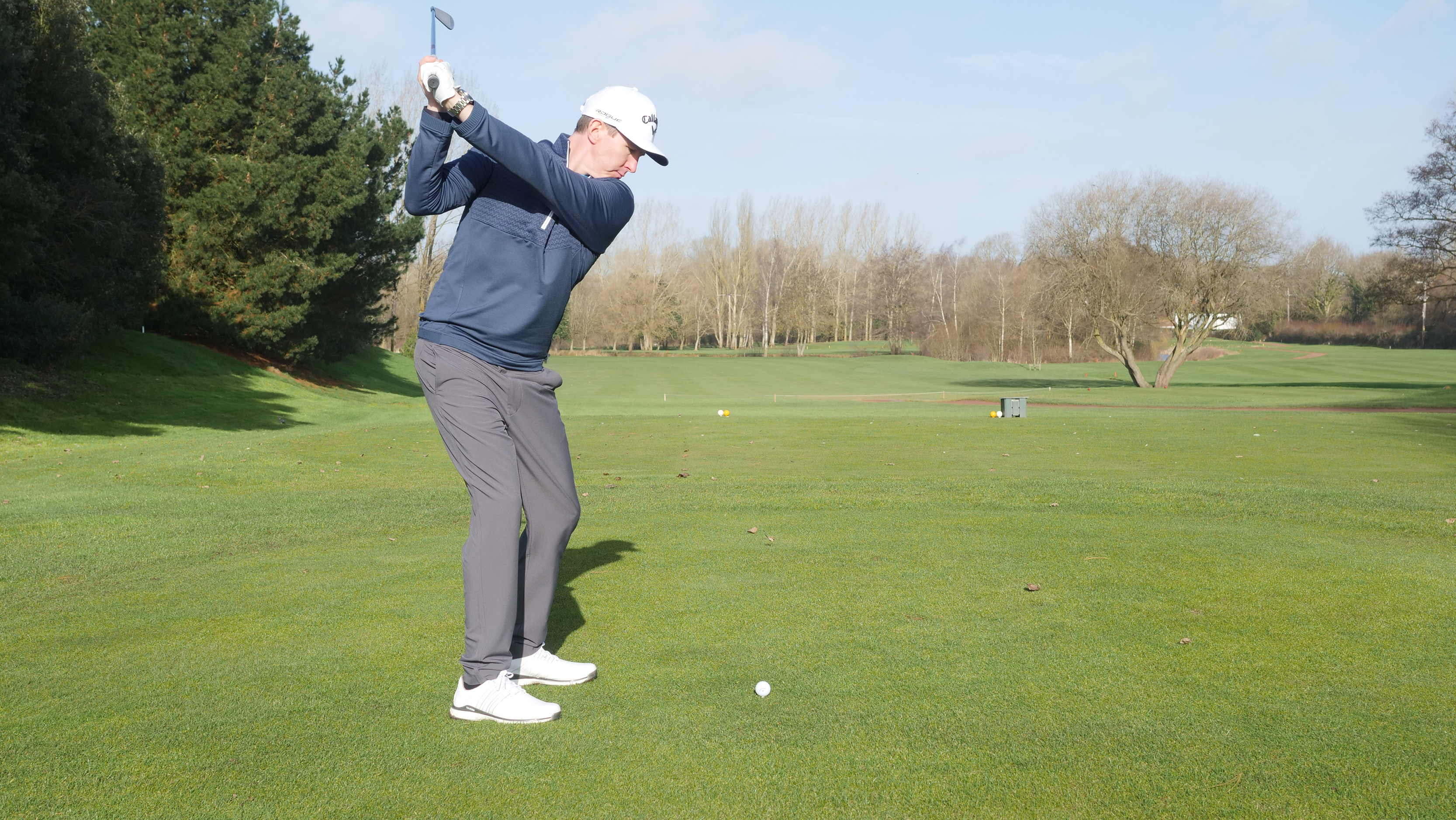
This is quite an orthodox backswing position for someone with good range of motion in their arm
In fact, your right elbow should drop slightly as your weight distribution moves back towards the target. This will create lag in the golf swing - one of the key elements to power that doesn't cost control.
Then as you continue to unwind towards the ball you should release the angles in your wrists and elbow to inject that little bit of extra speed when you need it most.
Why A 'Flying Right Elbow' Isn't Always A Bad Thing
If you’re someone that lacks golf mobility and can only move your right elbow to say, 45°, it’s important not to force it any further - letting the elbow ‘fly’ is still an effective method. A certain Jack Nicklaus had what is termed ‘the flying elbow’ and won 18 majors, so there are ways of using it to your advantage.
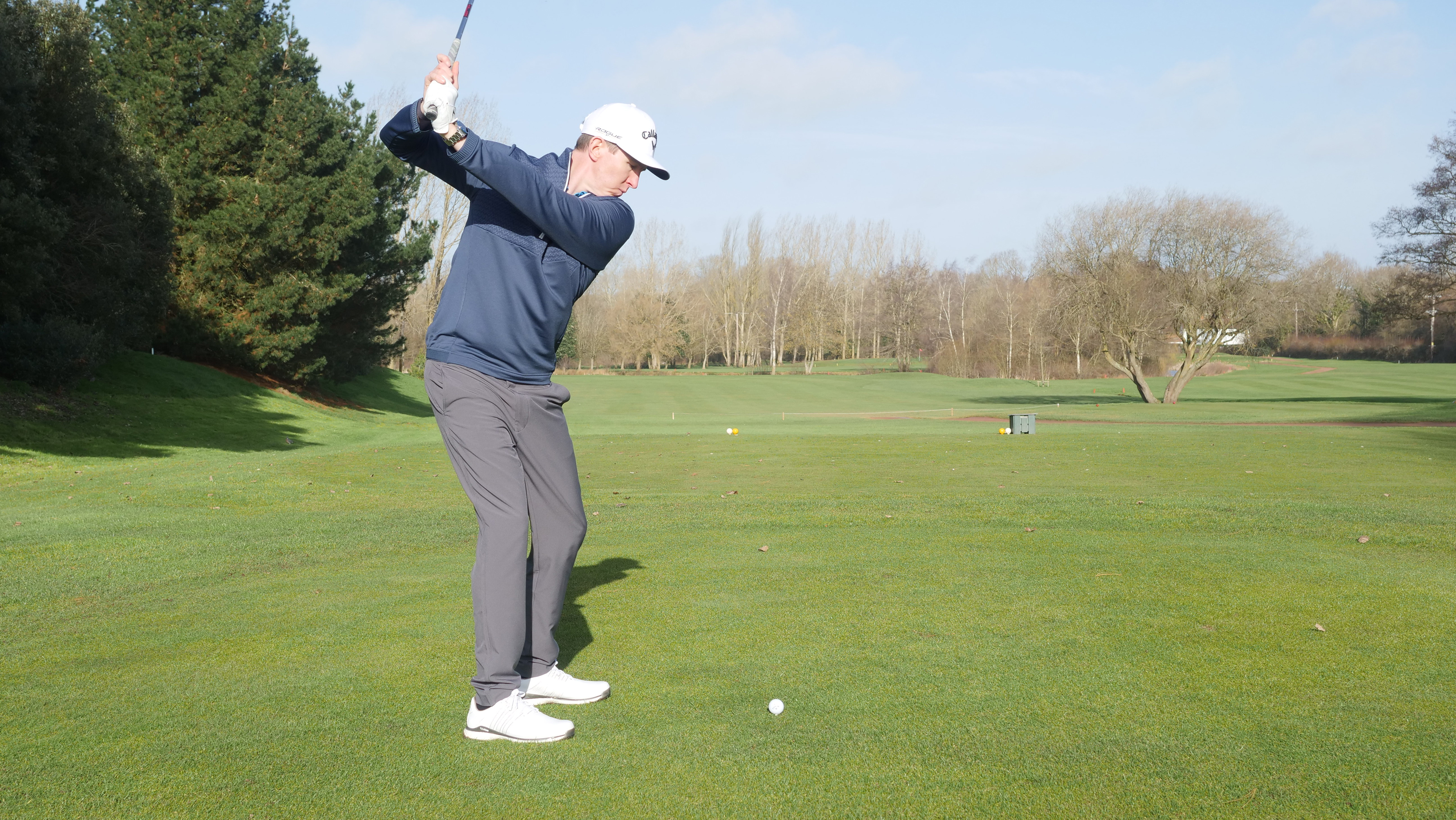
Many golfers have found great success with 'the flying elbow'
One of the faults I see from people who try and force it is that they early extend in the backswing and come out of posture in a desire to achieve a more 'orthodox' action. The almost start to stand upright at the top of the backswing to create the illusion that the right elbow is in a more orthodox position. But this can do more harm to your strikes than good!
While it has become popular in recent years to keep the elbow more tucked, try to see the positives of the flying elbow. At the top, the club will likely be pointing across the line, so feel like the elbow works straight back towards the ball, and you'll be able to shallow the club effectively and get your golf swing on plane. You'll then be in a great position to his crisper and cleaner shots.
If it's good enough for greats of the game like Nicklaus, Fred Couples and Jim Furyk, it's good enough for the rest of us. So, check your range of motion and see which category you fit into. Then, work on using this to your advantage rather that seeing it as a negative. Good luck!

Location: Sand Martins GC
Ben’s modern approach to golf coaching has seen him become one of the most sought-after coaches in the country and teaches none other than Robbie Williams. His honest, modern and fun style of coaching has help thousands of golfers of all ages and abilities and he has been coaching for over 20 years.
Advice for practice:
Start with slow, small swings. If you can’t do it small and slowly there is not a hope in hell of doing it at full speed with a full swing! In other sports such as rugby or martial arts they slow learn new moves/plays before making them at full speed.
Teaching philosophy:
‘Why guess when you can access’ Ever new student goes through a full TPI movement screen, 3D motion capture and pressure plate analysis as well as TrackMan and 2D video analysis. Coaching is based on facts and not guess work.
Most common problem:
A lack of clubface understanding and awareness. I get golfers to aim the clubface directly at the target and get them to make a slow swings and deliver the club to the ball with an open face, then repeat the same thing again but with a closed face, followed by one at the target. Giving them full awareness based on feelings errors to find a happy middle ground.
-
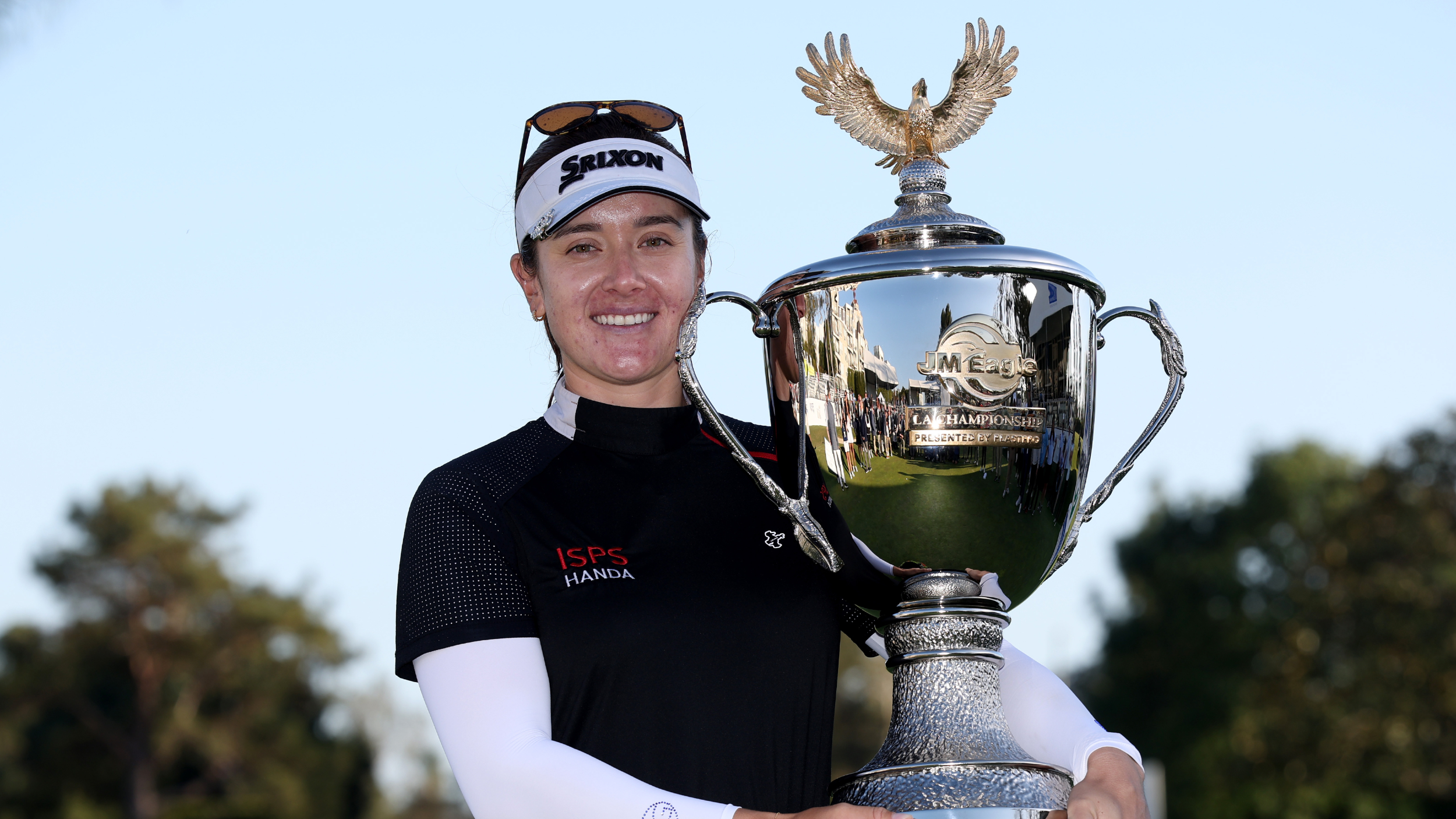 JM Eagle LA Championship Prize Money Payout 2025
JM Eagle LA Championship Prize Money Payout 2025The LPGA Tour heads to California for the JM Eagle LA Championship, where the largest prize money payout of the season so far is on the table
By Mike Hall
-
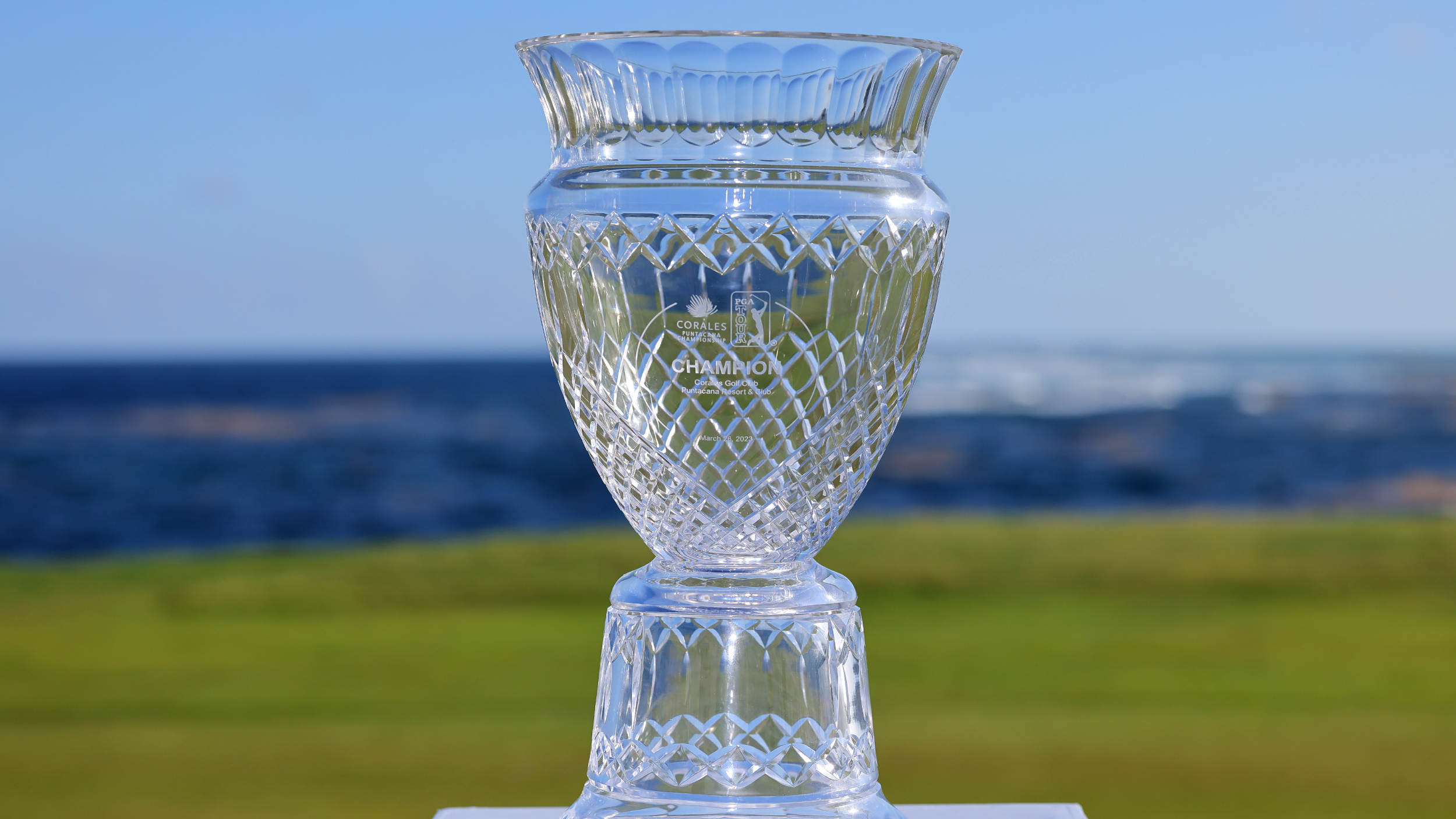 Corales Puntacana Championship Prize Money Payout 2025
Corales Puntacana Championship Prize Money Payout 2025The PGA Tour’s latest opposite field event features an attractive prize money payout and some former champions in the field
By Mike Hall